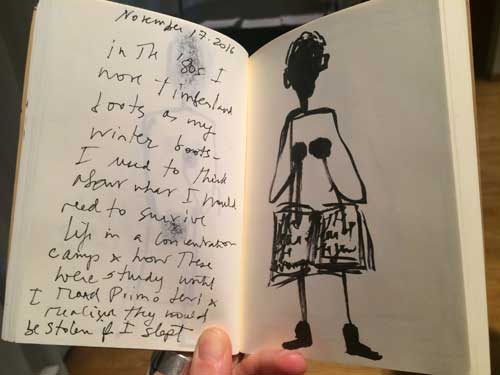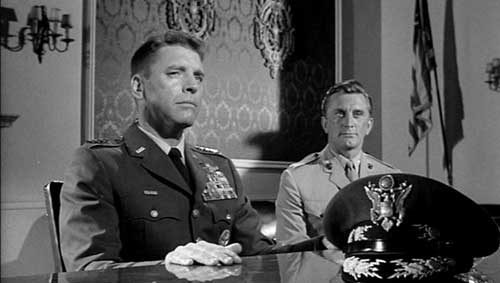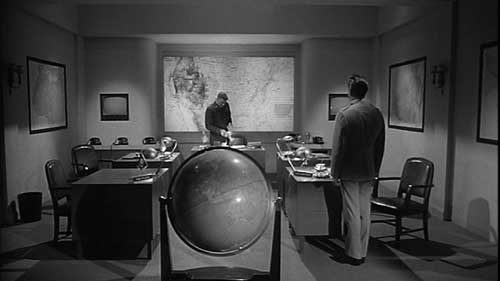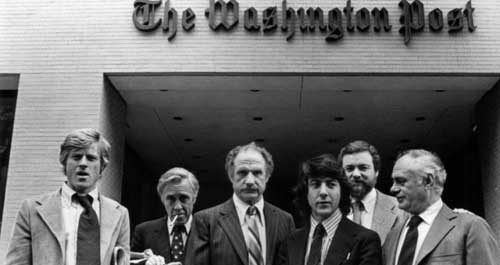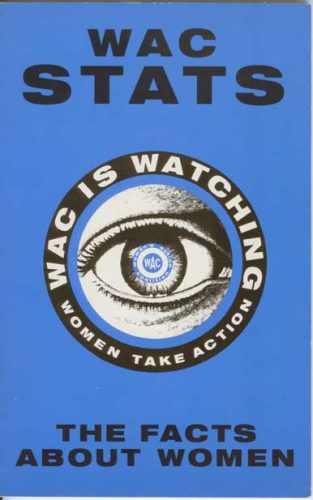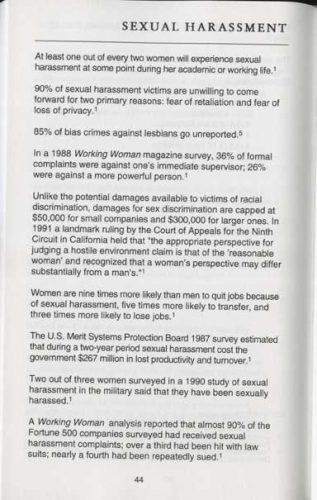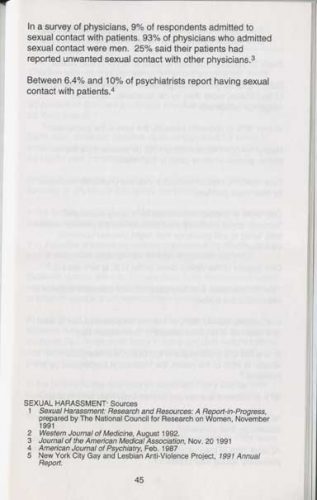The first issue of M/E/A/N/I/N/G: A Journal of Contemporary Art Issues, was published in December 1986. M/E/A/N/I/N/G is a collaboration between two artists, Susan Bee and Mira Schor, both painters with expanded interests in writing and politics, and an extended community of artists, art critics, historians, theorists, and poets, whom we sought to engage in discourse and to give a voice to.
We published 20 issues biannually over ten years from 1986-1996. In 2000, M/E/A/N/I/N/G: An Anthology of Artists’ Writings, Theory, and Criticism was published by Duke University Press. In 2002 we began to publish M/E/A/N/I/N/G Online and have published six online issues. Issue #6 is a link to the digital reissue of all of the original twenty hard copy issues of the journal. The M/E/A/N/I/N/G archive from 1986 to 2002 is in the collection of the Beinecke Library at Yale University.
Our 25th anniversary issue came out in November 2011, sparked by the transformative moment of Occupy Wall Street. During the past year, we considered marking the 30th anniversary of our collaborative project by publishing a final issue in hard copy, a format we still cherish. Entropy and life intervened. Now, in the wake of the recent election, when the optimism of Occupy is dramatically reversed, we have decided to produce our final issue as a series of posts on A Year of Positive Thinking. Subsequently all the material will be permanently posted and archived on the M/E/A/N/I/N/G Online site.
We have asked some long-time contributors and some new friends to create images and write about where they place meaning today, as we stand weeks before the official inauguration of the right-wing government takeover that has so many of us depressed, terrified, grieving, angry, and trying to figure out what activism we can engage in and how we can balance our dedication to our art with our existence as citizens, local and global. In keeping with the contingency of the time, they have chosen to submit a text, a poem, an image or video clip, a painting, drawing, photograph, or collage, that expresses their views, desires, fears, and thoughts at this time. Hopefully, something that will burrow into people’s consciousness, appeal to their humor, educate, enrage, or inspire.
Because we have always focused our publication on a broad range of issues deeply relevant to the arts community, and because this is our final issue, we also have welcomed reflections on the impact of our entire project over thirty years, including our forums on meaning, on motherhood and art, on racism, on feminism, on resistance, on collaboration, on privacy, on trauma, and on art making over a lifetime from youth to older age. As ever, we have encouraged artists and writers to feel free to speak to the concerns that have the most meaning to them right now.
Every other day from December 5 until we are done, a grouping of contributions will appear on A Year of Positive Thinking. We invite you to live through this time with all of us in a spirit of impromptu improvisation and passionate care for our futures.
Susan Bee and Mira Schor
*
Charles Bernstein: For M/E/A/N/I/N/G

Charles Bernstein’s Pitch of Poetry, new essays, was published in 2016 by the University of Chicago Press. His most recent book of poems is Recalculating (Chicago, 2013). In 2010, Farrar, Straus & Giroux published All the Whiskey in Heaven: Selected Poems. Bernstein is Donald T. Regan Professor of English and Comparative Literature at the University of Pennsylvania, where he is the director of PennSound. More info here. Bernstein’s “For M/E/A/N/I/N/G,” about the crisis in art criticism in the mid-80s, was the first essay in the first issue of M/E/A/N/I/N/G.
*
Johanna Drucker: Past Optimism and Illusions of Agency
The optimism of M/E/A/N/I/N/G was almost assumed, beginning as it did with the initial force of the Women’s Movement behind us, chronologically speaking. The stage had been set by the (truly) courageous work of Gloria Steinem, Germaine Greer, and the other women who had confronted the patriarchal culture directly, demanding fundamental rights. I was not one of those women marching in the 1970s, and the systematic consciousness-raising that had to proceed through the culture had its effect on me only slowly. One of the myths of artistic identity was exceptionalism. Somehow one would find one’s way on account of it, be exempt as well as distinct, and thus transcend the social processes of oppression or exclusion. Naiveté takes many forms. That was mine. But the shared illusion was optimism about agency—as if social forces could be detourned, contravened, or transcended through self-willed action, individual or collective. Our belief was founded on the notion that barriers and obstacles could be identified and addressed through activism. Our concept of agency was instrumental. We believed that focused and directed activity could have an effect. We even saw those effects in legislation and Supreme Court rulings.
Why did we imagine, then, that progress would always be forward in its drives? That battles once won would not have to be fought again? That was where we missed a deeper historical and cultural understanding. The asymmetries of gender are real. If we look globally, and across diverse areas of cultural life—medicine, education, health, civil rights, and financial opportunity—the right to self-determination is still far from guaranteed. Even in our own highly privileged environments, the asymmetries operate every day to position women differently from male colleagues at the same level of accomplishment, stature, and age. The means by which these symptomatic realities are enacted are not themselves fully apparent.
In the recent election, which will mark a major turning point in the history of the West, not just America as a failed experiment in maintaining the elements of society required for a viable social contract, we see how far we have not come. Not only because we did not elect a woman president, but because the rhetoric of misogyny, the backlash against women’s rights, and most fundamentally, rights over our bodies, is so stridently angry. Optimism is gone, at least for now, and the elegy to optimism must give rise to activism and support for the generations ahead. We know that, and yet, these moments have the feel of real tragedy, the broken figures of characters caught in the inevitability of forces against which we had thought we had some power.
Now we need to recognize that social forces have their own agency, own capacity for repressive and backlash actions. We who have so long critiqued Reason should not be surprised when it does not prevail. Our charge is to model our understanding of the workings of the social world differently than in the Newtonian mechanics of the past. The concept of agency has to be re-conceptualized within the forces of occulted and intractable conditions, as a systemic complexity to which we are subject, not merely—or even—self-directed participants. Illusions about agency make its actualization elusive. Much work lies ahead. M/E/A/N/I/N/G provided a start point, but now, with checks and impasses, the work to be done is less clear perhaps than it was when the struggles seemed identifiable and lines of conflict were able to be drawn with some certainty.
Johanna Drucker is an artist and writer known for her typographic work, innovative writing, and interest in the visual dimensions of language and knowledge. She has written and published widely on topics related to contemporary art, digital media, and aesthetics and is currently the Breslauer Professor in the Department of Information Studies at UCLA. Drucker’s text, “LES IMMATERIAUX: Long-term Effects of the Exhibition” appeared in the first issue of M/E/A/N/I/N/G.
*
Sharon Louden—Artists: Calling for a Mandate

Oceti Sakowin Camp, Standing Rock Reservation, North Dakota on Thanksgiving Day, November 24, 2016.
As I write this essay on a plane from Minneapolis to Miami, I am looking forward to seeing all kinds of art this week. I carry with me the memories of my time with the incredible people I met at Oceti Sakowin Camp, Standing Rock Reservation in North Dakota last week. Hyperallergic editor Hrag Vartanian had the idea to visit Standing Rock over the Thanksgiving holiday. We (with Veken Gueyikian and Vinson Valega) were there to support the water protectors, talk with artists, and stand in solidarity at the front lines of demonstrations against the Dakota Access Pipeline. My perspective is one from an artist embraced in the strong and always welcoming artists’ community which I found at Standing Rock.

Artist Yatika Starr Fields (second from the left near his painting) poses with admirers of his work at Oceti Sakowin Camp, North Dakota.
Entering the camp, I thought there may be some resistance to our visit. I couldn’t be more wrong about that initial trepidation. The actions and conversations that took place at the camp were coming from a peaceful, loving place. What the police and military were doing was not. They were systematically and aggressively taking human rights away from Native Americans.
As artists, some (if not most) of us have been misunderstood and not accepted most of our lives. And often times, we are censored. What I learned at Standing Rock was a reaffirmation of the strength of our community. Given our current political climate, there is a clear urgency to preserve creativity as a human right. Thus, I’m calling for a mandate that all artists share their wealth.
What does it mean to share “wealth” while so many of us are struggling? As artists, we are privileged and have a tremendous amount of assets that we often do not recognize. These assets include managing and bouncing back from failure, naturally creating things from nothing and sharing our most intimate truth in the way we know how. And we do it well by sharing it with others, in exhibitions, performances, or just in simple conversation. By showing up and being present in any situation, we become sources of validation for those seeking creativity. Because we carry so many assets within us, we can create opportunities for our fellow artists and the general public.
Our visit to Standing Rock reinforced that there will inevitably be human rights violations under a Trump presidency. We have a responsibility to our fellow artists to share every opportunity that is received. If you have an exhibition, why not suggest others to show with you? If you receive a grant, perhaps use the profits to create a project with others. If you can write about another artist’s work, do it and circulate it widely. If you can hire artists, pay them a living wage. Refer artists to others who can open doors for them or simply inquire about their work, which can go a long way. I know this fluid practice will be an example for others to be able to speak freely in a compromised society.
Surrounded by capitalism at the fairs and away from the kindness and strength of the Native artists in North Dakota, I’m reminded that anywhere there is creativity, it must be recognized. If all of us shared each other’s work, inevitably doors will open. At the end of the day, it’s the natural assets that all artists embody that will further our growth no matter what obstacles are put in front of us. This is an opportunity to use our power, which should never be underestimated.

Oceti Sakowin Camp, Standing Rock Reservation, North Dakota, the day after Thanksgiving, November 25, 2016.

Sharon Louden, “Windows” (detail) 2015. Aluminum and steel screws, dimensions variable, at the Tweed Museum of Art, Duluth, MN.
Sharon Louden is an artist, advocate for artists and editor of Living and Sustaining a Creative Life books.
*
Tatiana Istomina: Some thoughts on fear and permanence
It is hard for me personally to come to terms with the new American reality. Having lived in this country for thirteen years, I developed a sincere trust in the American democratic system and a belief that, despite many drawbacks, it continues to sustain basic ethical values. Such belief does not come easy to someone who, like I, was born in the Soviet Union and came of age at the start of Putin’s rule in the post-Soviet Russia. Lately I have found myself reverting to my Russian habits of coping with a horrible political climate – staying away from politically-oriented social media, avoiding reading or watching news, mentally blocking all thought about future, etc. It is easy to dismiss such an attitude as defeatist. However, for millions of people around the world it ensures their ability to go on with their lives despite the daily feelings of dread, depression or imminent danger. They learn to direct their energy away from active social or political engagement – which in many countries is pointless and mortally dangerous – to cultivating personal relationships, building families, cooperating on local projects, writing poetry or making art – in short, creating alternative worlds to their abhorrent reality. Such work needs to go on even in the darkest of times, to sustain the seeds of possible futures for when the society is ready to change. It is a quiet work, and the results may be difficult to detect, but this makes it all the more necessary. Perhaps it is not accidental that in Russian language, “to be silent” is an active verb.
Over the past three years I have worked on a project that used drawing and storytelling to explore various concepts of danger and fearfulness in American society. I invited different people to tell me a “scary” story about anything that concerned them in their lives or the life of the society, and to draw in response to another person’s narrative. I then reworked the stories and drawings into short films and released them online. The stories of many participants expressed not only their personal anxieties, but also the collective fears caused by major social and political problems in the country. As a result, the collection of “Scary Story” films has become a reflection of the psychological landscape of contemporary America, with its racial and economic tensions and polarized opinions on issues such as climate change, women’s rights, gun control, etc.
The video excerpt below may well be symptomatic of the mood of deep anxiety and uncertainty that has pervaded the country in recent years. “A happy guy’s story” narrated by James Biderman, with drawings by Barbara Westermann, was recorded in 2014, and released in 2015. More videos and information about Scary Stories may be found on the project’s website.
Tatiana Istomina is a Russian-born artist based in New York; she works with painting, drawing and video. She is also an art critic writing for several online and paper publications and for her blog, Metaleptic.
*
Toni Simon
Exhale the finite glow of our forgotten planet. If only we had a parachute of elastic carbon to forestall its demise.
To be without a backdrop when there’s no curtain, that’s the imitation. Too elusive to be apprehended by pursuing parables and forestalled by that very wicket that we tripped over to begin with.
We are back at the start with only a cart and a wheel.

Toni Simon is a multimedia artist living in Brooklyn. Her illustrated book of prose poetry Earth After Earth was published by Lunar Chandelier Press in 2012. She is collaborating on a literary/visual project entitled Dear Air with poet Joanna Fuhrman.
***
Further installments of M/E/A/N/I/N/G: The Final Issue on A Year of Positive Thinking will appear here every other day. Contributors will include Alexandria Smith, Altoon Sultan, Ann McCoy, Aviva Rahmani, Aziz+Cucher, Bailey Doogan, Beverly Naidus, Bradley Rubenstein, Christen Clifford, Deborah Kass, Erica Hunt, Faith Wilding, Hermine Ford, Jennifer Bartlett, Jenny Perlin, Joseph Nechvatal, Joy Garnett and Bill Jones, Joyce Kozloff, Judith Linhares, Kat Griefen, Kate Gilmore, Legacy Russell, Lenore Malen, Mary Garrard, Martha Wilson, Maureen Connor, Michelle Jaffé, Mimi Gross, Myrel Chernick, Noah Dillon, Noah Fischer, Peter Rostovsky, LigoranoReese, Rachel Owens, Rit Premnath, Robert C. Morgan, Robin Mitchell, Roger Denson, Sheila Pepe, Shirley Kaneda, Susanna Heller, Suzy Spence, Tamara Gonzalez and Chris Martin, Faith Wilding, William Villalongo, Susan Bee, Mira Schor, and more. If you are interested in this series and don’t want to miss any of it, please subscribe to A Year of Positive Thinking during this period, by clicking on subscribe at the upper right of the blog online, making sure to verify your email when prompted.

